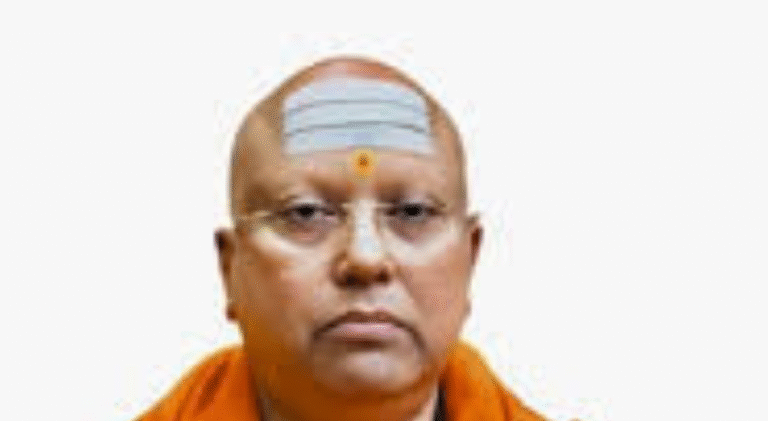
The H1B visa is one of the most well-known work visas in the United States. It allows companies in the U.S. to hire foreign professionals with specialized skills, particularly in areas like technology, engineering, finance, healthcare, and research. For many, this visa is seen as a gateway to pursuing career opportunities in America, which has long been considered a hub for innovation and global business.
The H1B program was created to fill gaps in the workforce where there is a shortage of skilled American workers. It helps U.S. companies bring in talent from other countries while also giving individuals a chance to gain international exposure. Every year, thousands of professionals apply, but because the demand is higher than the available slots, the selection process is conducted through a lottery system.
For many applicants, the H1B visa is more than just a work permit—it is a chance to grow professionally, support families back home, and sometimes even transition into permanent residency in the U.S. It plays a crucial role in shaping both personal lives and the global workforce.
Eligibility and Requirements
To qualify for an H1B visa, applicants must meet certain requirements. The most important condition is having a job offer from a U.S.-based employer. This job should be in a “specialty occupation,” which means it requires advanced knowledge and at least a bachelor’s degree or equivalent in a specific field. Common occupations under this category include software developers, data analysts, engineers, doctors, and financial experts.
The employer plays a key role in the application process. They must file a petition on behalf of the applicant with the U.S. Citizenship and Immigration Services (USCIS). The petition includes details of the job, the candidate’s qualifications, and proof that the position genuinely requires specialized knowledge.
Another important requirement is that the employer must agree to pay the applicant the prevailing wage, ensuring fair compensation and preventing exploitation. While the process can feel complex, it is designed to ensure that the program benefits both the U.S. economy and the foreign professionals seeking opportunities.
Application Process and Timeline
The H1B application process begins when a U.S. employer decides to sponsor a candidate. The first step is filing a Labor Condition Application (LCA) with the Department of Labor, showing that the company will pay fair wages and maintain good working conditions. Once the LCA is approved, the employer files Form I-129 with USCIS.
Because the number of applications usually exceeds the annual limit of 85,000 visas, USCIS conducts a lottery system. If the applicant’s petition is selected, it is processed further. Approved candidates can then attend a visa interview at a U.S. consulate in their home country before traveling to the United States.
The timeline varies depending on the lottery results and the processing speed. Regular processing can take several months, but some employers opt for premium processing, which speeds up the decision to 15 calendar days. Applicants need to stay prepared with documents like their degree certificates, work experience letters, and valid passports to avoid delays.
Benefits and Opportunities of the H1B Visa
The H1B visa provides many benefits to foreign workers. One of the biggest advantages is the chance to work in the U.S., gaining exposure to international business practices and advanced technology. This experience often strengthens professional skills and improves career prospects even if the individual later returns to their home country.
Another benefit is that the H1B visa allows workers to bring their immediate family members—spouses and children under 21—on H4 dependent visas. In some cases, spouses are also eligible to apply for work permits, making it easier for the entire family to settle and thrive.
For many professionals, the H1B visa also opens the door to permanent residency (green card). Many employers are willing to sponsor long-term employees for green cards, giving them the opportunity to make the U.S. their permanent home. This path, while competitive, is one of the main reasons why the H1B visa is so highly sought after across the world.
Challenges and Criticisms
Despite its popularity, the H1B visa has faced criticism and challenges. One of the main concerns is that the demand for visas far exceeds the supply. Each year, hundreds of thousands apply, but only a fraction are selected, leaving many qualified candidates disappointed.
Another challenge is the uncertainty tied to the lottery system and strict timelines. Many applicants and employers invest time and money, but success is never guaranteed. Additionally, H1B workers are tied to their sponsoring employer, which sometimes limits job mobility and bargaining power.
There are also broader debates about the program’s impact on the U.S. labor market. Critics argue that some companies misuse the system to hire cheaper foreign labor, while supporters emphasize that the visa helps fill critical skill shortages. Balancing these perspectives continues to be a policy challenge.
Key Details of the H1B Visa
| Aspect | Details |
|---|---|
| Purpose | Work visa for skilled professionals |
| Annual Cap | 85,000 visas (65,000 regular + 20,000 for advanced degrees) |
| Validity | Initially up to 3 years, extendable to 6 years |
| Key Requirement | U.S. job offer in a specialty occupation |
| Dependents Allowed | Yes, through H4 visas |
| Path to Green Card | Possible through employer sponsorship |
FAQs
Q1. How long is the H1B visa valid?
It is usually valid for 3 years and can be extended to a maximum of 6 years.
Q2. Can H1B visa holders apply for a green card?
Yes, many employers sponsor H1B holders for permanent residency.
Q3. Who is eligible for the H1B visa?
Applicants need a U.S. job offer in a specialty occupation requiring advanced skills and a bachelor’s degree or higher.
Q4. Can family members join an H1B visa holder?
Yes, spouses and children under 21 can travel on H4 visas.



